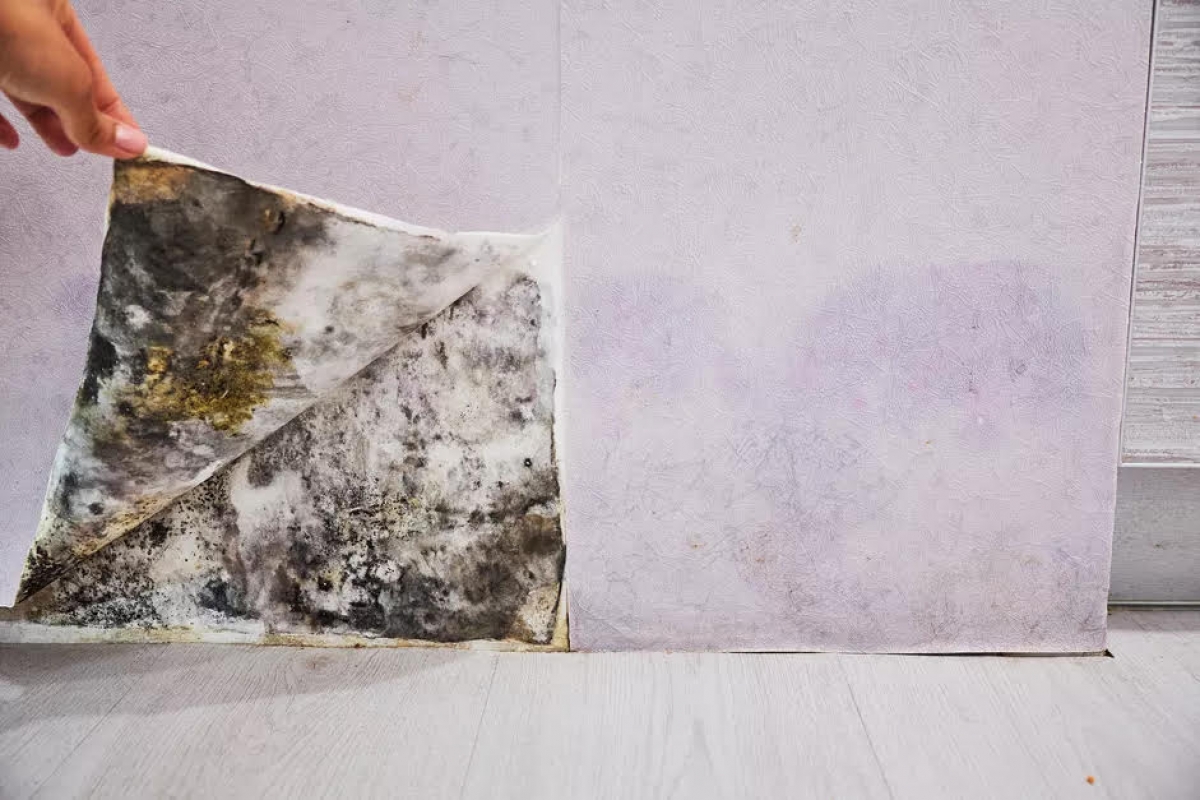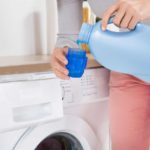1. Stop the source of moisture
If mold is growing near the sink, tub, or toilet, it’s important to prevent water from reaching those areas. Ensure that leaks in the roof or windows are covered with a plastic tarp until they can be repaired. Additionally, regular cleaning of the sink and bathroom is necessary to inhibit the rapid reproduction of mold.
2. Block off the area containing mold
If possible, seal off the part of the house affected by black mold by applying plastic sheeting to the door. Once the leak has been fixed and the area is dry, it’s advisable to clean up any existing mold before reusing the area to prevent its spread to other parts of the house.
3. Clean safely
When dealing with areas affected by black mold, it’s important to wear a mask that can filter out mold spores and disposable protective gear, which can be washed in hot water. Additionally, proper use of cleaning chemicals and thorough cleaning of the surrounding area are essential to prevent the re-emergence of mold in a short period of time.

4. Dispose of cleaning materials properly
All cleaning supplies, disposable protective gear, and plastic sheets should be placed in an airtight bag to prevent the migration of mold spores to other areas. If reusable protective gear is used, it should be thoroughly washed before being left to dry and reused.
5. Repair any leaks
Even small leaks can create a favorable environment for mold growth on wood, drywall, mortar, and other porous surfaces. Monthly checks for leaks are recommended, and any leaky pipes, fixtures, windows, or roofs should be promptly repaired. It’s also important to choose high-quality materials when installing pipes or roofs to minimize the risk of future leaks and expensive repairs.
6. Keep fabrics and surfaces dry
Avoid leaving wet coats, shoes, or towels piled up in bathrooms or any other areas with high moisture content, as mold can begin to grow and produce a musty odor in as little as two days. It’s recommended to hang wet items to dry them faster, and surfaces and tubs should be dried with a rubber broom after each use. Using steam or allowing for proper ventilation can also aid in quick drying of surfaces, saving time on tasks such as mopping floors and washing clothes.
7. Improve ventilation in your home
Using exhaust fans in the bathroom and kitchen during activities such as cooking can help remove steam and promote faster drying. Installing a ceiling fan and a circulating fan is also beneficial in high-humidity conditions. Opening doors and windows on dry, windy days can prevent excessive moisture absorption and help keep surfaces dry.

8. Use a dehumidifier
If the humidity in your basement or laundry room is high, it creates conditions favorable for fast mold growth. Utilizing a dehumidifier can help remove moisture from the air.
9. Check drainage and ventilation system
Regularly checking and cleaning your ductwork at least once a year can prevent blockages or leaks that allow moisture to enter your home. Even in dry climates, mold spores are present everywhere, making annual inspection and cleaning crucial.
10. Install moisture barriers
Basements and corners are particularly prone to moisture accumulation. Installing moisture barriers when necessary and using special mulch can help prevent soil moisture from entering these areas.
According to VOV
How to Grill Chicken for Optimal Juiciness and Tenderness
Grilling up chicken that is tender, juicy, and bursting with flavor is easy – and we’re going to show you how! With just a few tips and tricks, you can make mouthwatering grilled chicken every single time. Learn which ingredients to use, which spices to marinate with, and the best cooking techniques to put to use. Get ready to wow your family and friends with delicious grilled chicken!







































